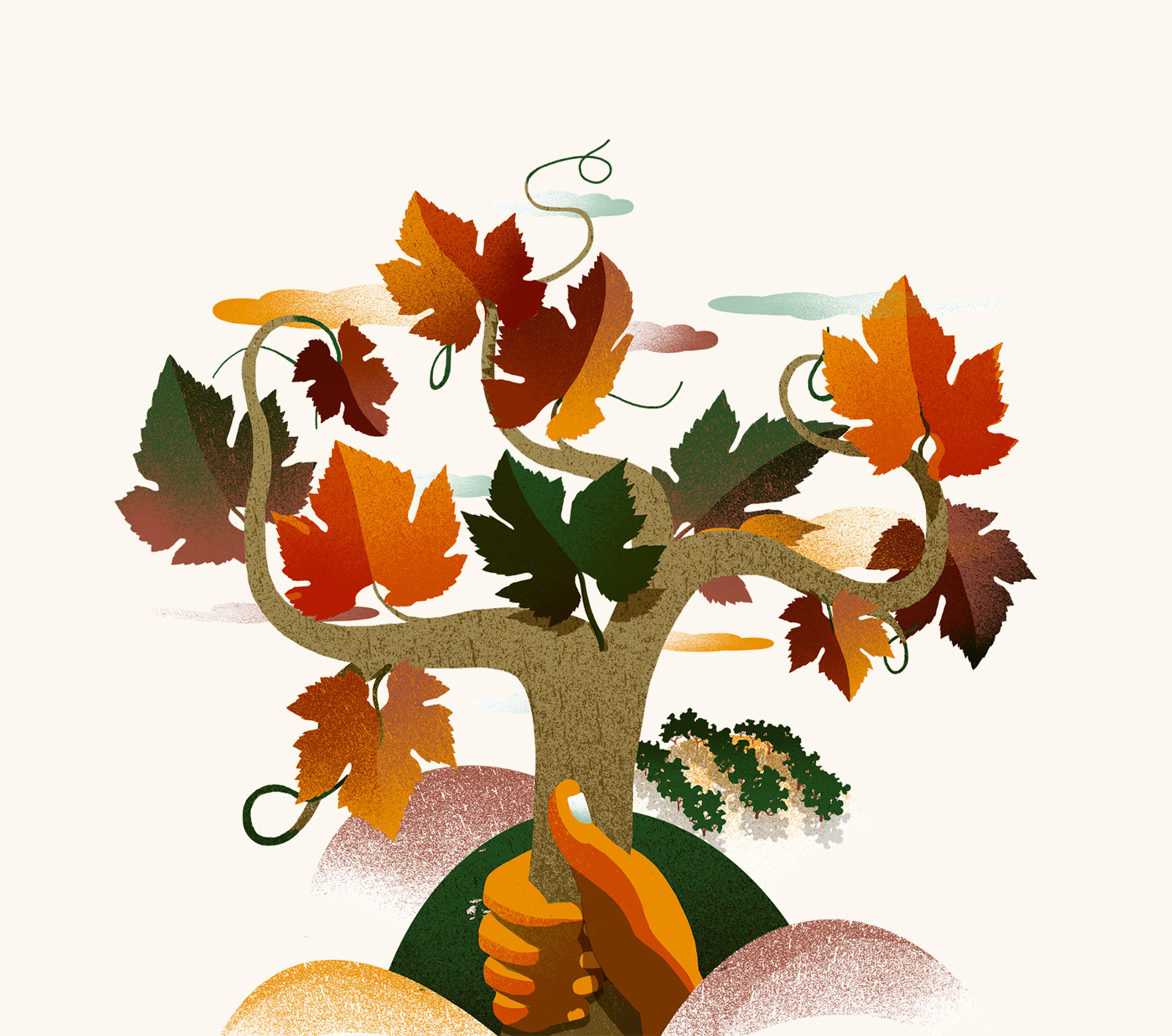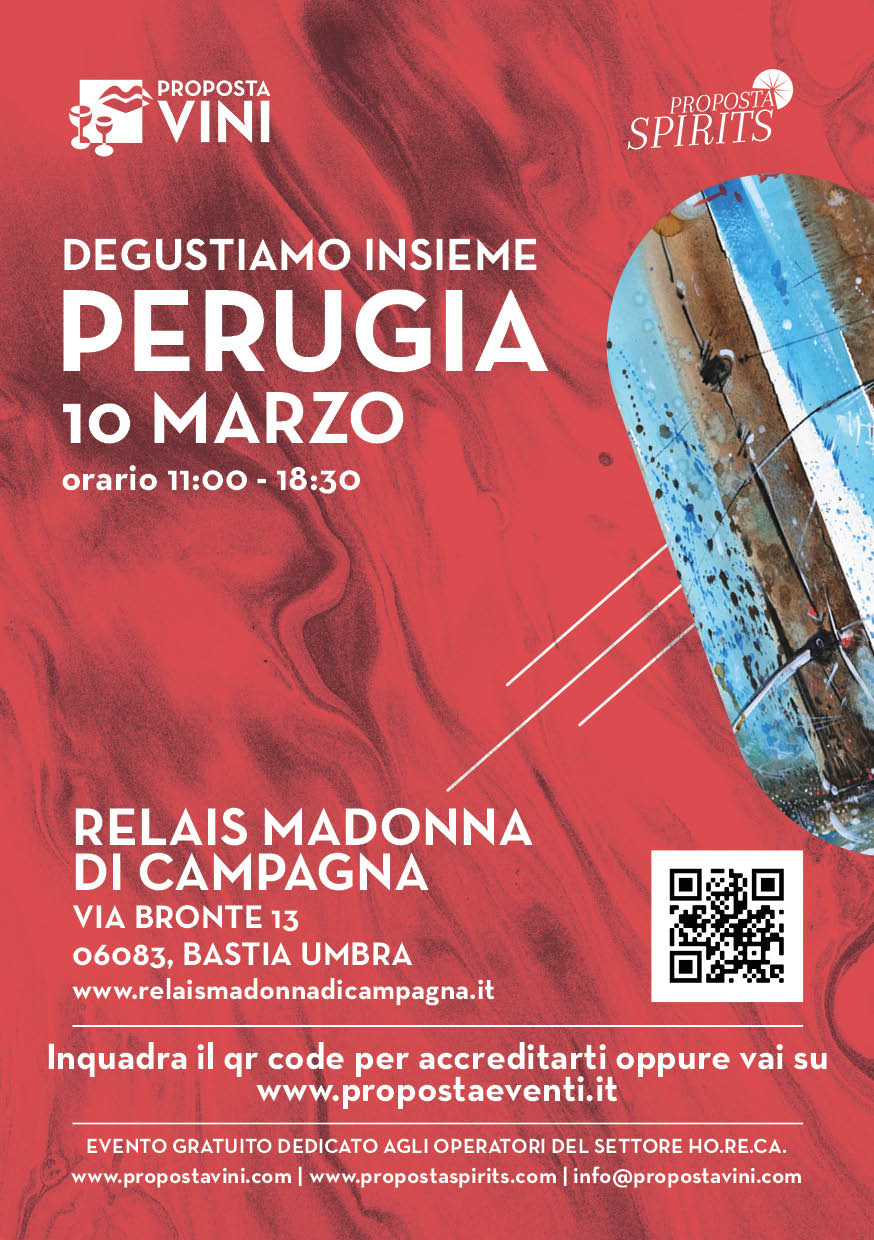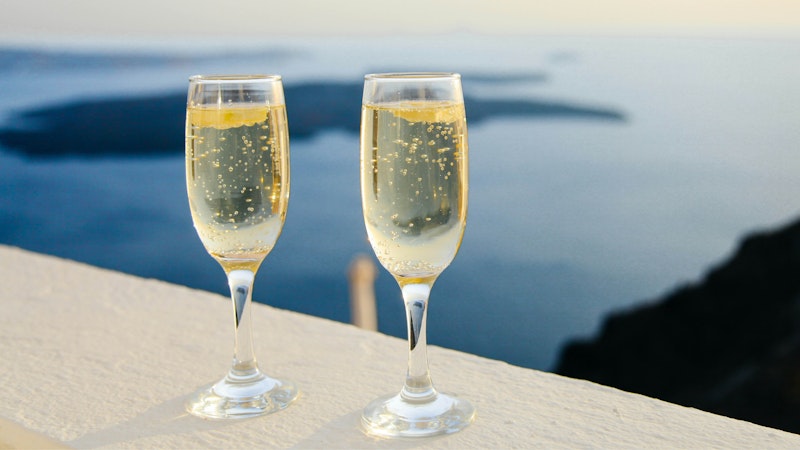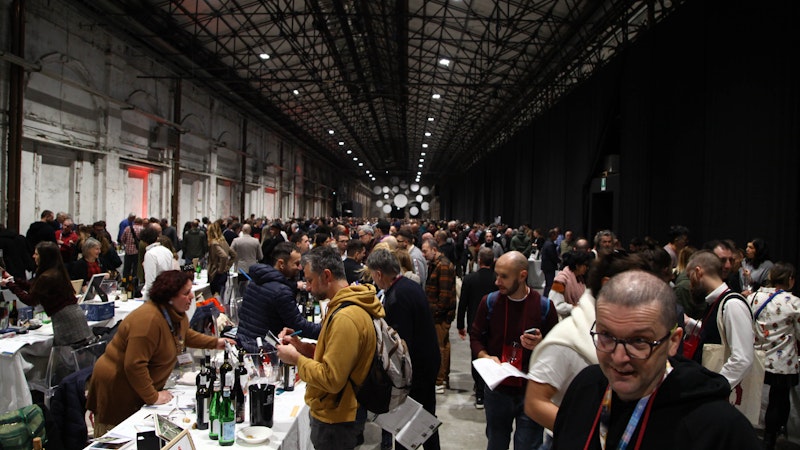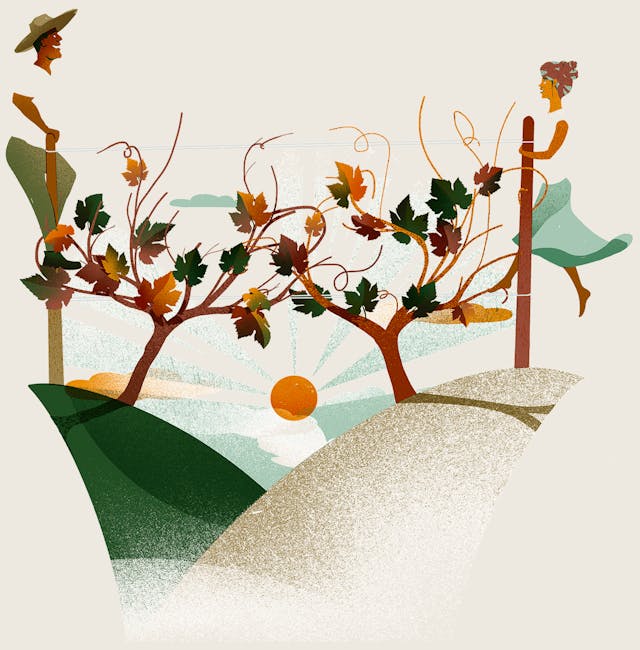Discovering... Chianti Classico
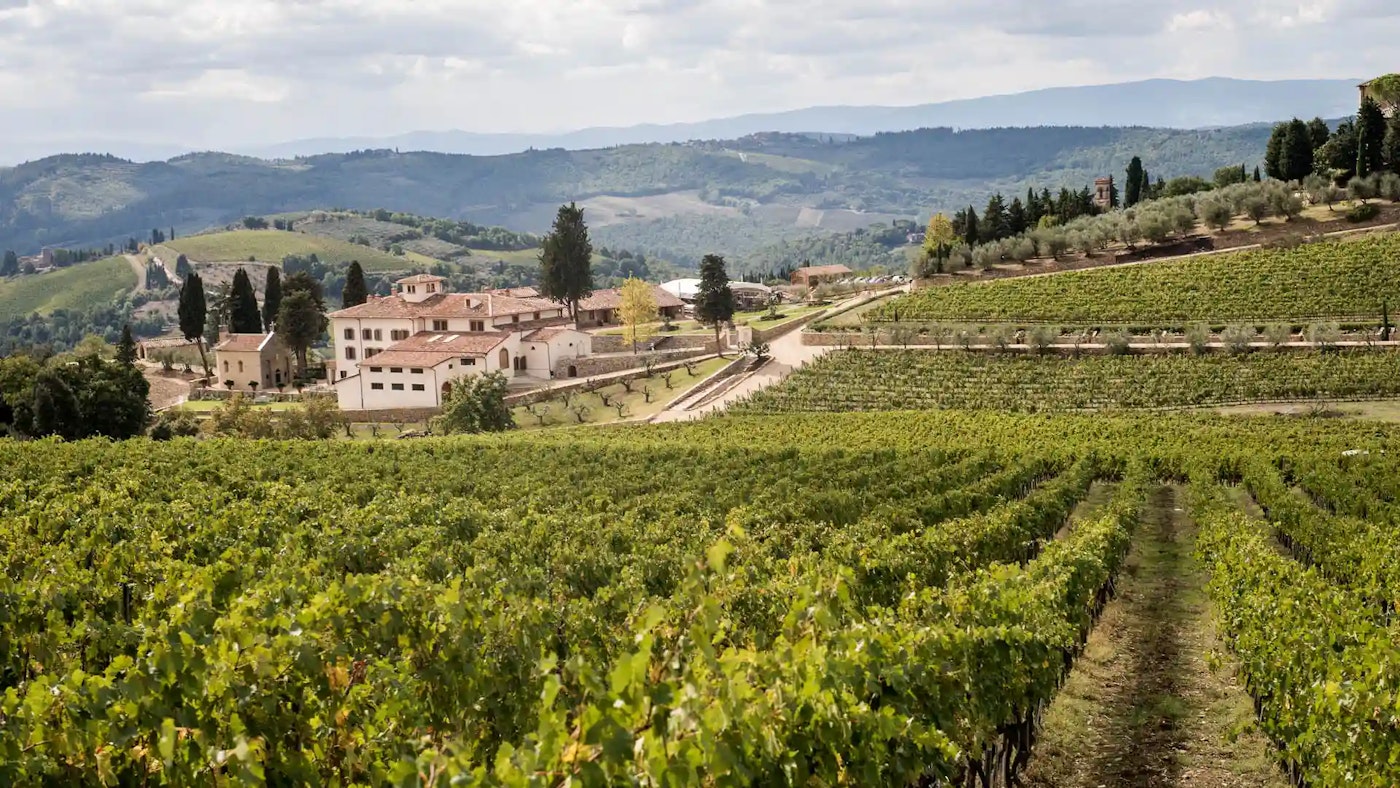
Chianti is probably the most popular wine in Italy, perhaps the most famous in the world, and certainly one with the oldest history. Wine-growing traditions in this area are attested by Etruscan and Roman finds, although the first documents in which the name Chianti is used to identify a wine-producing area (and also the wine produced) date back to the 13th century. They refer to the Lega del Chianti, which was set up in Florence to regulate administrative relations with the "terzieri of Radda, Gaiole and Castellina" (now part of the Chianti Classico area), producers of a red wine made from Sangiovese grapes. The emblem of the Lega del Chianti was a black rooster on a golden field, and this symbol has become the emblem of the brand and consortium that protects the wine of the same name. It is a wine that everyone knows, but for a long time there was a geographical and idiomatic confusion between Chianti Classico and Chianti, two very different DOCGs.
Chianti and Chianti Classico
Chianti is the name of a territory whose borders were drawn in 1716 by the Grand Duke of Tuscany, Cosimo III, between the provinces of Florence and Siena, and is also the name of a wine produced in almost all of Tuscany, but not in the geographical area called "Chianti". Chianti Classico, on the other hand, is the name of a wine produced in the "Chianti" geographical area, and only this wine is associated with the historic Black Rooster trademark. The addition of "Classico" was introduced in 1932 to distinguish historic Chianti from Chianti produced outside the area demarcated in 1716. In 2016, the 300th anniversary of the promulgation of the Bando di Cosimo III was celebrated and the start of the process for the Chianti Classico area's candidacy as a UNESCO World Heritage Site was announced: in the summer of 2023, the "villa-farm system in Chianti Classico" will be officially included in the list of Italian sites nominated for UNESCO World Heritage status.
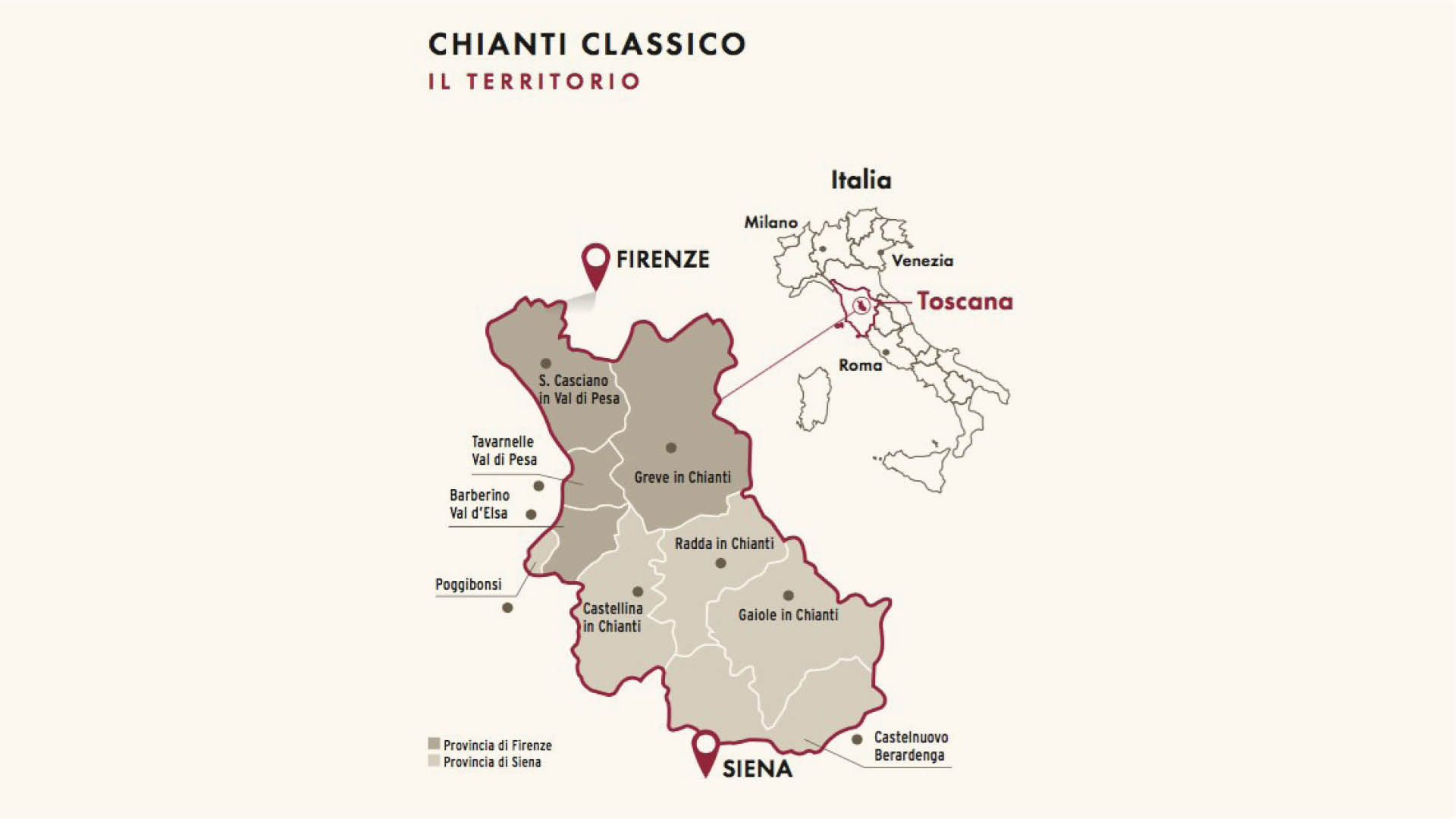
The 3 types of Chianti Classico
In 2013, with the approval of the latest regulations by the members of the Consortium for the Defence of Typical Chianti Wine, the structure of the denomination was modified with the introduction of the Gran Selezione, bringing the number of types from two, Annata and Riserva, to three.
At the top of the quality pyramid is Gran Selezione, which qualifies a wine made from a single vineyard or from a selection of the best grapes from the estate, aged for a minimum of 30 months, including 3 months in the bottle, and with excellent chemical and organoleptic characteristics. Riserva, on the other hand, can be applied to Chianti Classico, which is aged for a minimum of 24 months, including 3 months in the bottle, and has more defined chemical and organoleptic characteristics than Annata, which is at the bottom of the pyramid.
The Black Rooster logo, which has represented the entire Chianti Classico denomination since 2005 and which was graphically redesigned in 2013, is no longer on the state ribbon, but is now more prominently displayed on the bottle, strictly in the Bordeaux style, with two possible positions: on the front, on the neck or on the back of the label.
Shipments of Chianti Classico wine can only be marketed if they are accompanied by a certificate of suitability issued by the competent inspection body. This means that bulk wine "fit for consumption" can no longer be marketed; even in the case of blending purchased batches that have already been certified, the blended batch must undergo a new suitability assessment.
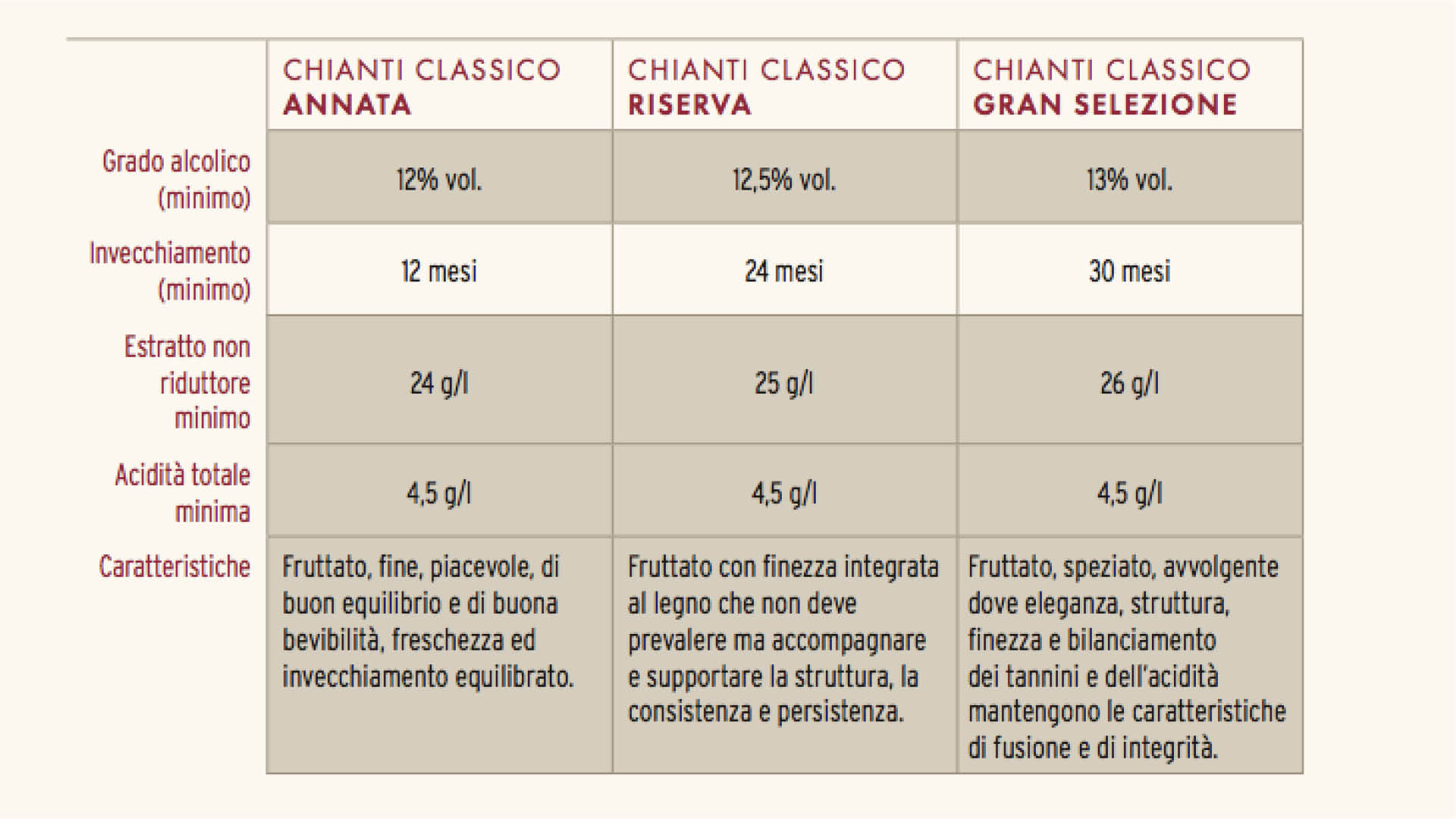
A legendary brand
The trademark that has always distinguished bottles of Chianti Classico is the Black Rooster, the historical symbol of the ancient Lega Militare del Chianti, reproduced by the painter Giorgio Vasari, among others, on the ceiling of the Salone dei Cinquecento in the Palazzo Vecchio in Florence. The history of this symbol also includes a unique legend from the Middle Ages, when the Republics of Florence and Siena fought bitterly for supremacy. It seems that the Chianti area, situated between the two cities, was the subject of almost constant disputes. Legend has it that in order to put an end to these disputes and establish a definitive border, a bizarre and unique system was adopted. It was agreed that two riders would set out from their respective towns and establish the border at the meeting point. The departure would be at dawn and the starting signal would be the crowing of a rooster. In the preparations for the event, the choice of rooster was more important than the choice of horse and rider. The Sienese chose a white one, while the Florentines chose a black one, which they kept in a small, dark stable on an empty stomach for so many days that it was in a state of despair. On the fateful day of departure, the black rooster, as soon as it was taken from the stable, began to crow loudly, even though dawn was still far off. Its crowing allowed the Florentine knight to set off immediately, with a great advantage over the Sienese knight, who had to wait until the first light of day, when his rooster's regular crowing would allow him to set off. The Sienese knight travelled only twelve kilometres on his own because he was so far behind his opponent, meeting up with the other knight at Fonterutoli. In this way, almost all of Chianti came under the control of the Florentine Republic, long before the fall of Siena itself.
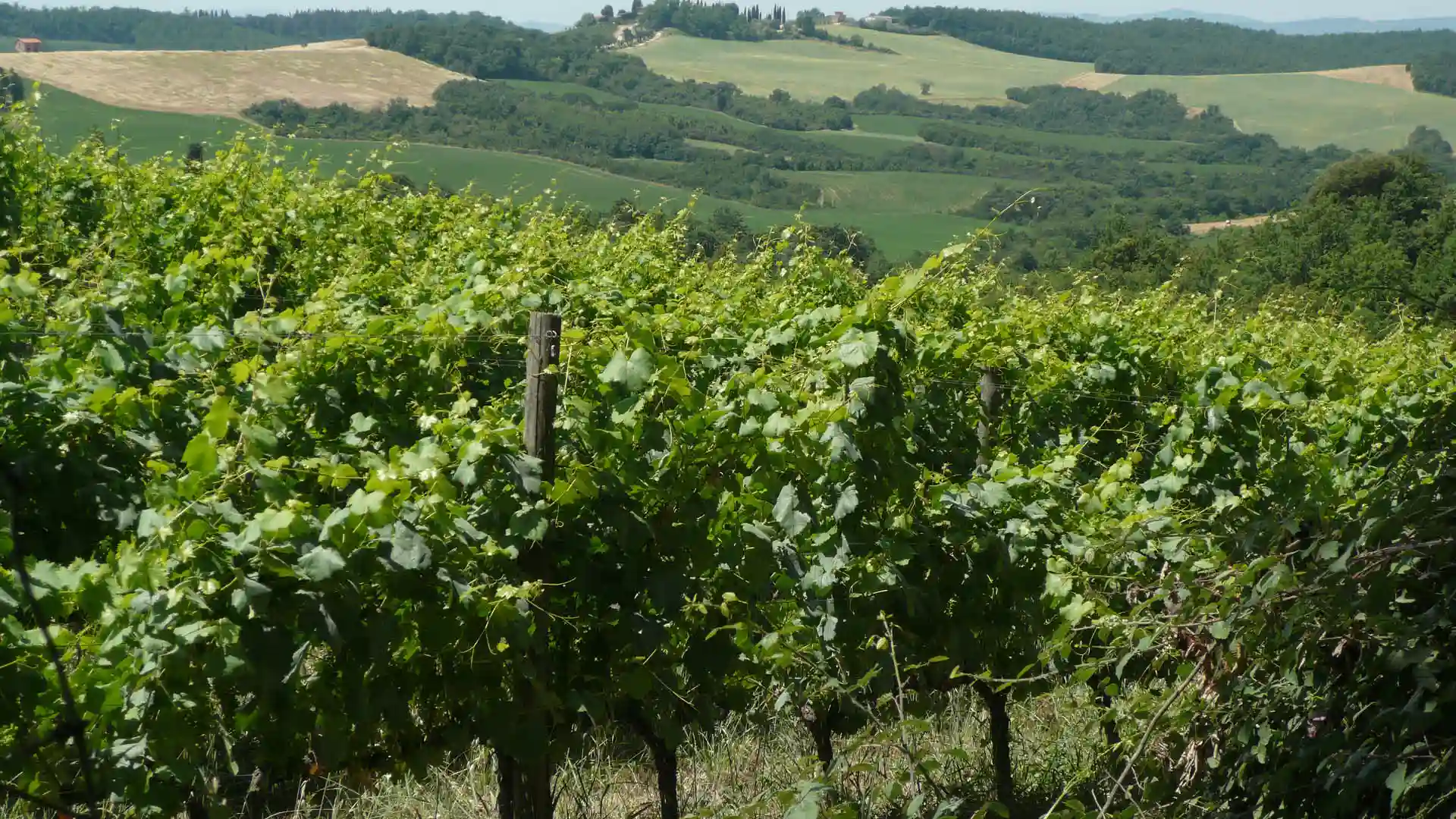
A bit of history
The origin of the name Chianti is uncertain: according to some versions, it could derive from the Latin word clangor (noise), a reminder of the noise of hunting in the forests that abounded in the area; according to other versions, the name derives from the Etruscan clante, the name of Etruscan families common in the area, or again from the Etruscan clante (water), in which the area was, and still is, rich.
The earliest document mentioning Chianti as a wine origin dates back to 1398. Chianti as a wine is also mentioned in a letter from the owner of Vignamaggio to the merchant Datini in 1404. A key moment in the history of this wine and its territory was 1716, the year in which the Grand Duke of Tuscany, Cosimo III, issued a proclamation establishing the boundaries of the Chianti production zone, an area between the cities of Florence and Siena, where the wine of the same name was born, already a great success at the time. At the beginning of the nineteenth century, as the fame of Chianti wine grew year by year and the production area could no longer satisfy the growing national and international demand, people began to produce wine outside the Chianti area, defined in 1716, and to call it "Chianti" or "wine produced for the use of Chianti". In 1984, Chianti - and with it its oldest appellation, Chianti Classico - was awarded the DOCG (Denominazione d'Origine Controllata e Garantita - Controlled and Guaranteed Denomination of Origin), the highest recognition for quality Italian wines. At the end of a legal process that lasted 70 years, the Ministerial Decree of 5 August 1996 finally made Chianti Classico a DOCG in its own right, with production regulations that are different from those of Chianti. In addition, a law passed in 2010 banned the production of Chianti DOC within the Chianti Classico DOC production area.
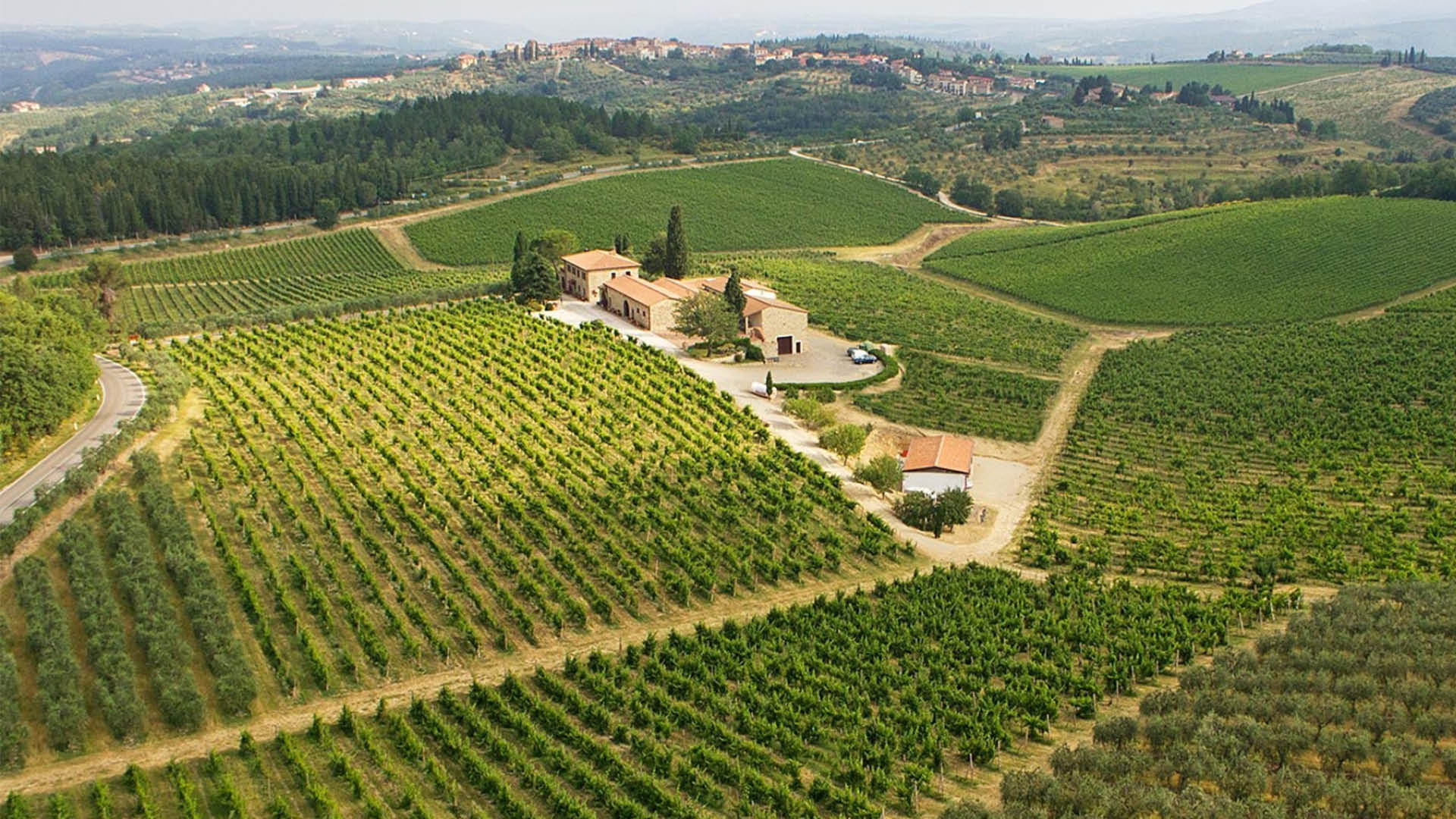
The Consortium
The Consorzio per la Tutela del Chianti (Consortium for the Defence of Chianti Wine and its Denomination of Origin) was founded in 1924. The symbol chosen from the outset was the Black Rooster, the historical emblem of the ancient Lega Militare del Chianti, reproduced by the painter Giorgio Vasari in his "Allegoria del Chianti" on the ceiling of the Salone dei Cinquecento in Palazzo Vecchio in Florence. In 1932, a special ministerial decree added the word "Classico" to distinguish Chianti produced in the area of origin. Since then, as already mentioned, Chianti is the wine produced outside the geographical area called "Chianti" (in various areas that are often added to the name: Chianti Rufina, Chianti Colli Senesi, Chianti Colli Aretini, Chianti Colli Pisani), while Chianti Classico is the wine produced in the area of origin called "Chianti". Today, the Consorzio represents around 96% of DOCG producers and is one of the main points of contact for the wine sector with national and European institutions. Its internal organisation includes structures dedicated to the fulfilment of its institutional tasks: from the protection and services front, which involves the Legal Office, to the promotion front, which is entrusted to the Marketing and Communication Office. The entire supply chain, from the production of the grapes to the bottling of the product, is subject to a traceability system, the data of which are entered into a public computer database. The Consortium also carries out rigorous checks on the packaged product once it reaches the distribution channels, including e-commerce platforms.
